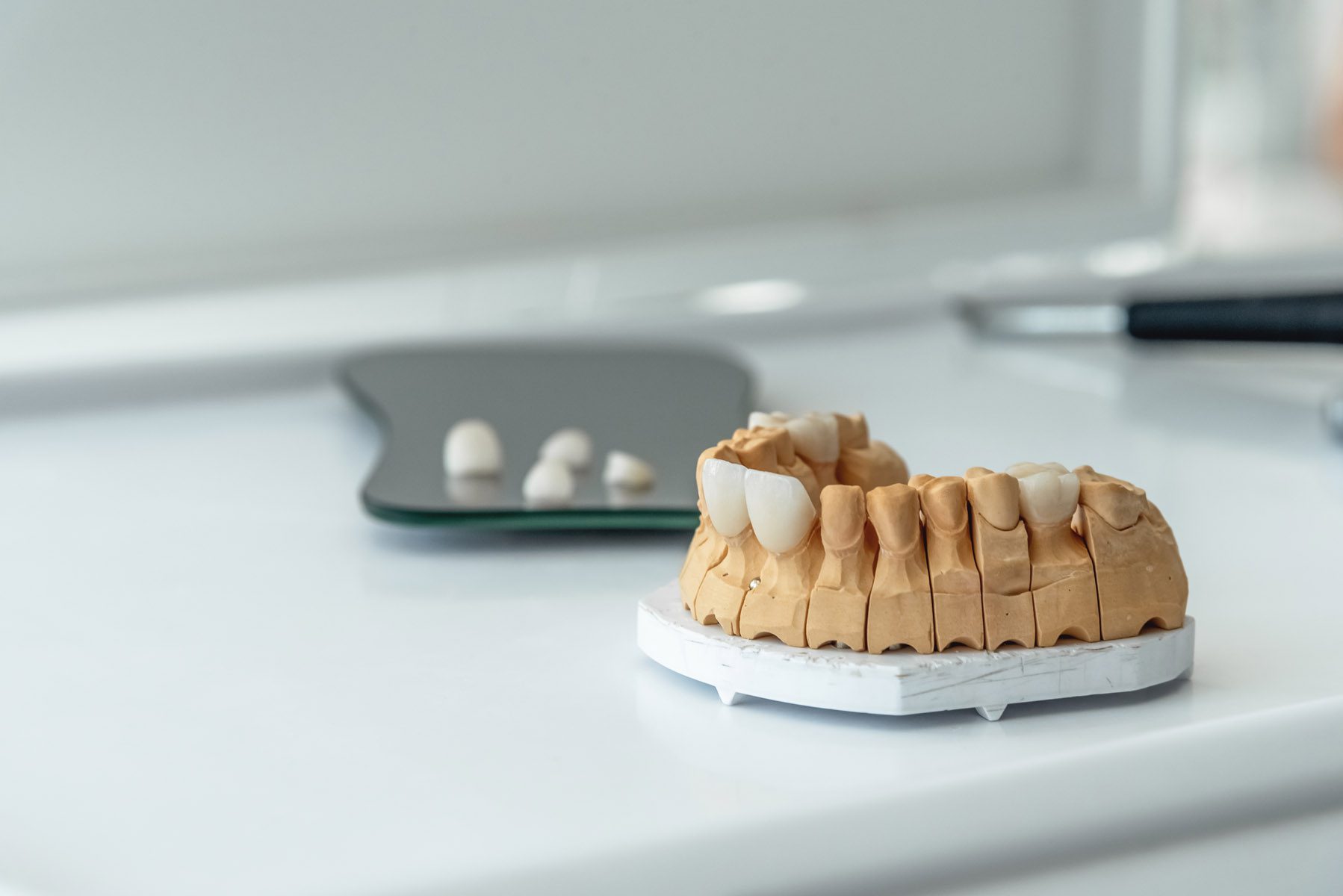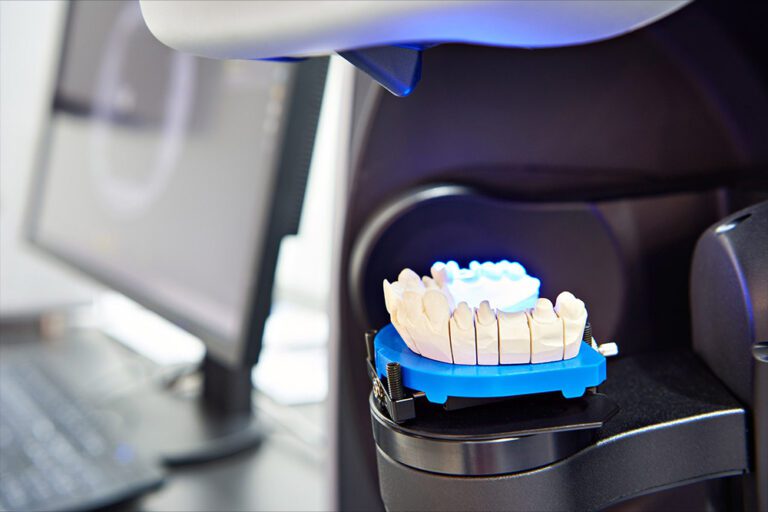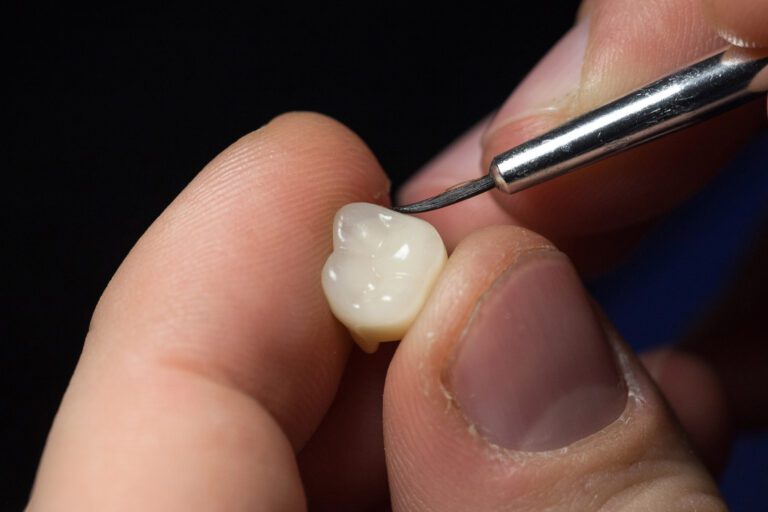The use of lithium disilicate (e.Max) has become increasingly more popular the last few years for both anterior and posterior restorations. Confusion, however, still exists in how these restorations should be cemented to provide optimal aesthetics, retention, and fracture resistance. Although most of us may have different bonding agents and cements already in our office that we could use, Bisco has made it very easy to predictably cement these restorations by developing a lithium disilicate cementation kit, named appropriately “eCement”.
This kit is very comprehensive and includes the adhesive agent, porcelain etch, dentin and enamel etch, silane, and both anterior light-cure only cement and posterior dual-cure cement.
The nice thing about this kit is that the quality of each of the components is top notch. So many times when a manufacturer puts a cementation kit together, I throw out some of the included components and replace them with ones that I feel are better. This is not the case with the eCement kit.
The porcelain etch is a 4 % buffered Hydrofluoric acid that is used to either re-etch a lithium disilicate restoration after it is returned from the lab, or to etch a CAD:CAM designed and milled in-office restoration. The consistency and handling is very easy to use compared to other HF acids. The dentin and enamel etch is by far my favorite etch on the market. Bisco named it “Select Etch” because the consistency and viscosity is such that it can easily be limited to enamel only for those that are using a self-etching adhesive and want to increase the bond to enamel by etching, yet do not want to get any of the etchant on the dentin. It also contains Benzalkonium Chloride which is an anti-microbial agent that has been shown to improve the long term durability of the dentinal hybrid layer.
The adhesive agent in this kit is Bisco’s new “All-Bond Universal”. This is an alcohol-based single bottle system that can be used with either the total-etch or self-etching techniques. It is much different than any of the other One bottle systems on the market. As a proponent of Total-etch, I use this adhesive agent in conjunction with etching both the enamel and dentin.
The dual–cure resin cement in the kit is one of the very best on the market. It works excellent with a “Tack & Wave” technique and the excess easily peels away from the restoration margins after waving. The anterior light-cure only cement comes in two shades: Translucent and Milky Bright. This is the same cement that Bisco uses in their Choice 2 resin kit, and handles great and is easily removed from the margins after using the Tack & Wave technique as well. This kit does not include the water-soluble try-in gels that would normally come in an anterior cement kit, but if you like the way this cement handles and cleans up, you could order the try-in gels from the Choice 2 kit.
Overall, this is an excellent system. It includes everything you need to bond in a lithium disilicate restoration including microbrush tips, mixing wells, and all syringe tips. The instructions are easy to follow with photos and describe the use as a self-etch or a total etch system. Expiration dates are located on the bottles and syringes and remained even after multiple wipes with a surface sterilization solution.
Dr. David Hornbrook











